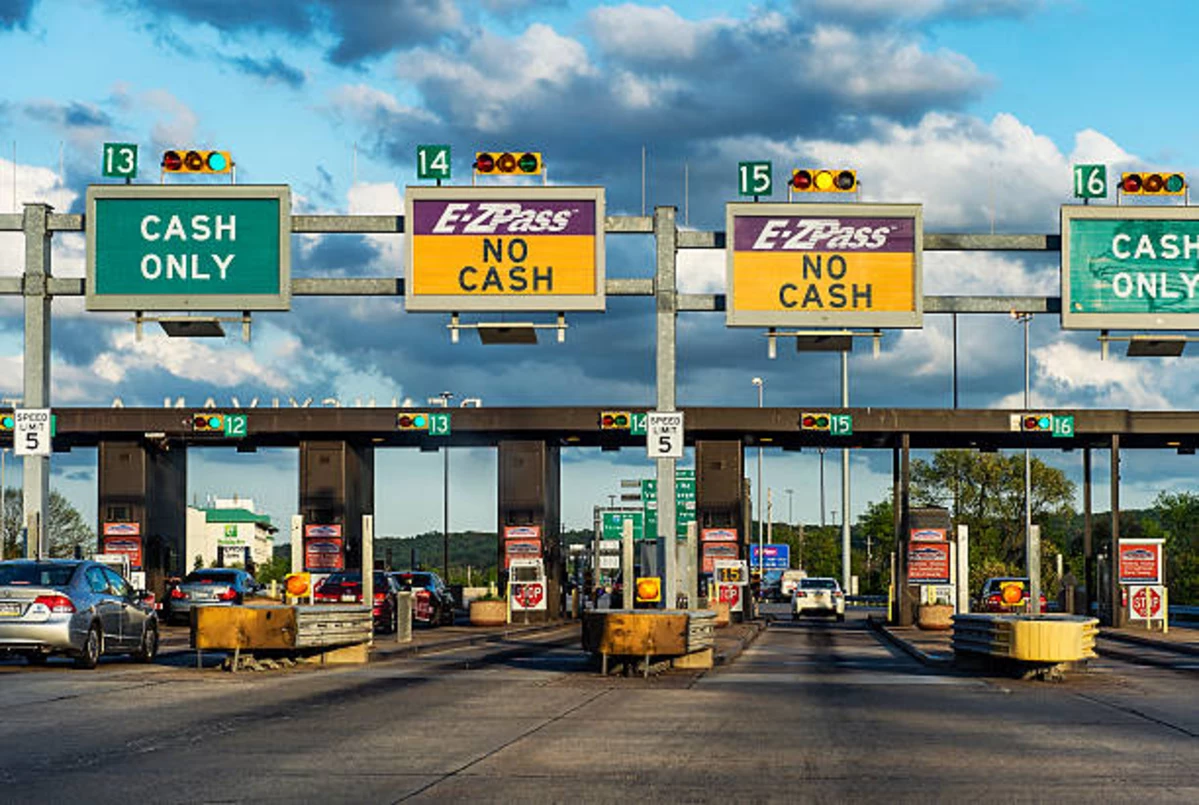Every year, drivers contribute a significant amount of money through road taxes, presuming it will lead to better infrastructure. However, many people are left wondering: where do our road taxes go? In recent years, concerns have been raised about the declining state of our roads, with issues like potholes and lengthy repair processes becoming commonplace.
The Current State of Road Infrastructure
Despite the influx of funding from road taxes, reports indicate that roads are worse than ever. The money raised is often not enough to keep pace with the demanding maintenance and upkeep required. As roads deteriorate, the burden of additional repairs falls to the states, which continuously request more funding to address these issues. This leads to frustration among taxpayers who feel their contributions are not yielding tangible results.
Challenges in Road Repair Fund Usage
The delayed repairs and financial discrepancies raise pertinent questions about how states allocate their road tax revenues. Factors contributing to the inefficiency in road repair might encompass administrative costs, mismanagement, and budgetary constraints. Thus, it becomes critical to demand transparency in how these road taxes are utilized. Engaging with local and state officials to gain insights into the budget can empower communities and enforce accountability in road maintenance efforts.
Ultimately, understanding where our road taxes go is essential for fostering better infrastructure. With growing concerns surrounding maintenance and repair durations, taxpayers need assurance that their hard-earned money is contributing to safer, more efficient roads.







